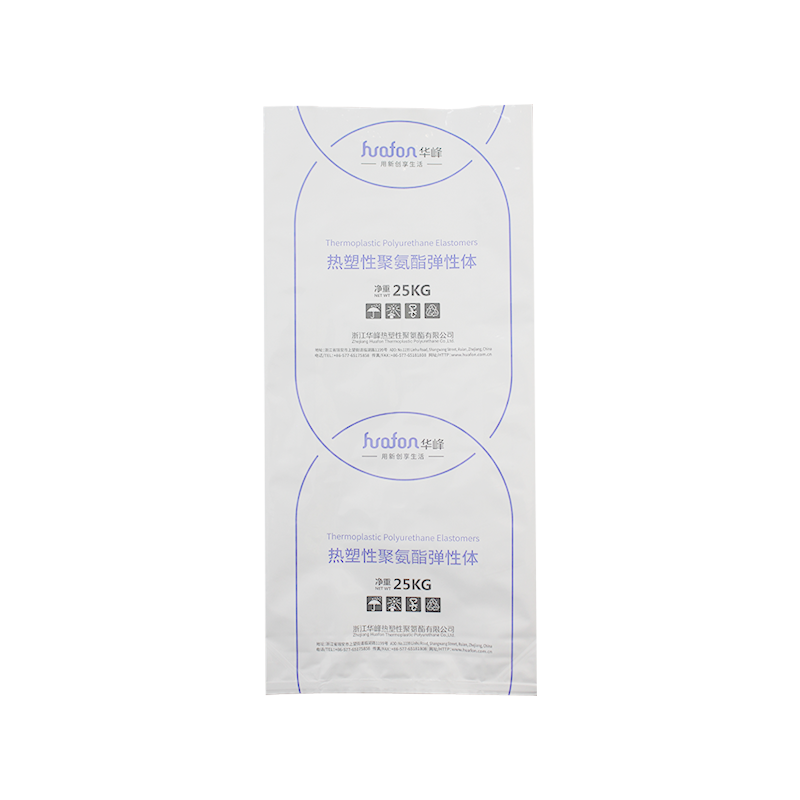
 2025.10.03
2025.10.03
 Industry News
Industry News
High barrier bags have become an important component in the food packaging industry, particularly in the ready-to-eat and frozen food sectors. These bags are designed to provide a protective environment that helps maintain the quality, flavor, and shelf life of packaged food products. By combining multiple layers of materials, high barrier bags can prevent the entry of oxygen, moisture, and light, which are common factors that lead to food spoilage. Manufacturers, including aluminum foil bag factories, have been developing various high barrier bag solutions to meet the specific needs of different food products.

Ready-to-eat foods, such as pre-cooked meals, salads, and snack items, require packaging that can preserve freshness without the need for additional refrigeration in some cases. High barrier bags are particularly suitable for this purpose because they have less exposure to air and external contaminants. For example, vacuum-sealed high barrier bags can extend the shelf life of cooked meat, cheese, and bakery items by reducing oxidation. In addition, these bags can be customized in terms of size, thickness, and material composition to accommodate different types of ready-to-eat foods. Aluminum foil layers are often incorporated to provide added strength and prevent flavor loss.
Frozen food products, including vegetables, fruits, seafood, and prepared meals, benefit significantly from high barrier packaging. Freezing slows down microbial growth, but exposure to air and moisture can cause freezer burn and quality deterioration over time. High barrier bags act as a protective layer that prevents moisture migration and maintains the original texture and taste of the food. Multi-layer high barrier bags, often produced in specialized aluminum foil bag factories, are capable of withstanding low temperatures while keeping the food safe during storage and transportation. These bags can also be designed for easy opening, resealing, and portion control, enhancing convenience for consumers.
The effectiveness of high barrier bags relies heavily on their material composition. Commonly, they combine layers of polyethylene, polyester, and aluminum foil. Each layer serves a distinct purpose: polyethylene provides flexibility and heat-sealing capability, polyester adds strength and puncture resistance, and aluminum foil offers an impermeable barrier against gases and light. The careful combination of these materials ensures that the bags are not only protective but also practical for both manufacturers and consumers. Aluminum foil bag factories typically offer solutions that balance durability with cost-efficiency, ensuring that packaging remains functional without excessive material use.
As the demand for eco-friendly packaging grows, high barrier bags are also evolving to incorporate recyclable or reduced-material designs. Some manufacturers are exploring mono-material structures that allow easier recycling without compromising the barrier properties. Additionally, reducing the thickness of layers without affecting performance can help lower material consumption and transportation costs. Companies producing high barrier bags are increasingly considering the environmental impact of their products while maintaining the functional requirements necessary for ready-to-eat and frozen foods.
Beyond preserving freshness and extending shelf life, high barrier bags contribute to food safety and consumer convenience. They prevent contamination from external elements, provide clear visibility of packaged products, and can be designed with printing options to display branding, nutritional information, and cooking instructions. These bags also reduce food waste by helping products maintain quality during distribution and storage.
High barrier bags have established themselves as a practical solution for both ready-to-eat and frozen food markets. By combining multiple layers of materials, including aluminum foil, they create a protective environment that preserves flavor, texture, and safety. With ongoing innovation in materials and sustainability practices, these bags continue to play a significant role in modern food packaging. Manufacturers, particularly those specializing in aluminum foil bags, are focusing on designs that balance performance, convenience, and environmental considerations, ensuring that consumers receive products that remain fresh and appealing from production to consumption.